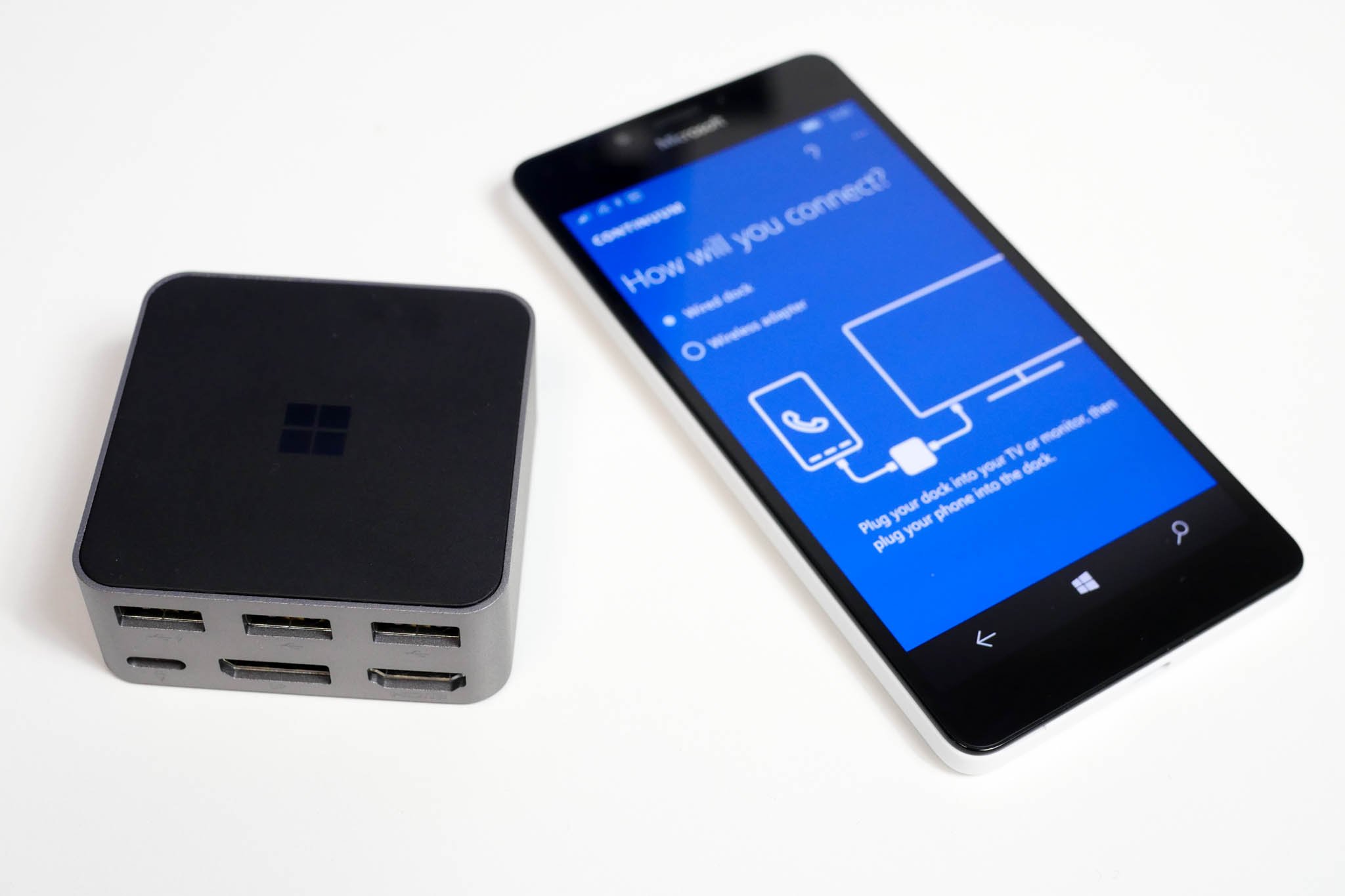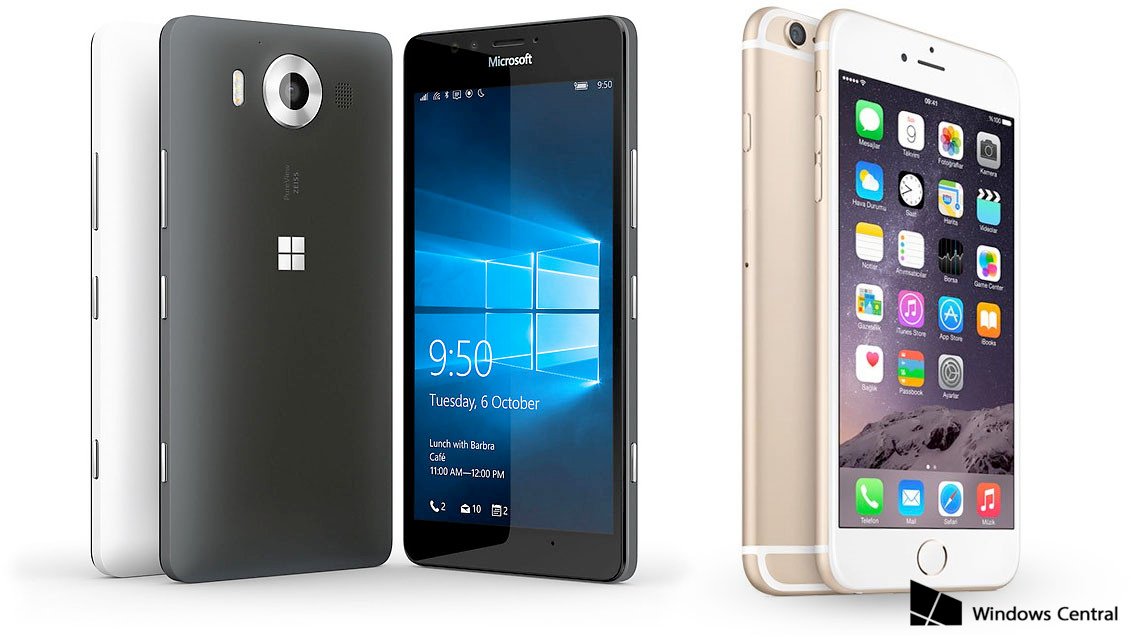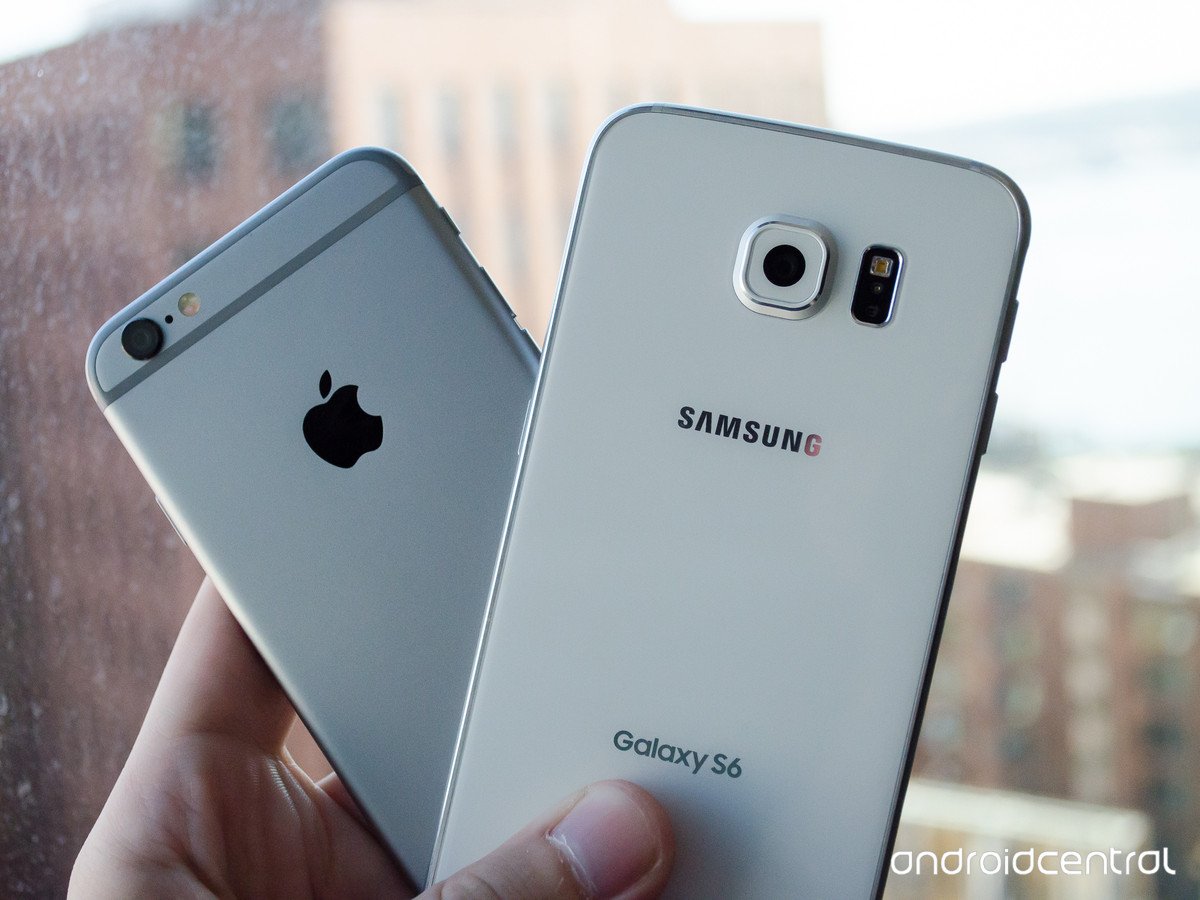Microsoft's mobile offensive is about transforming the game
I was a typical rough and tumble boy during the 70's and 80's. I grew up in a world where children spent a lot of time playing games outside.

I loved climbing trees, wrestling, playing kickball, baseball, chase and an assortment of other games. I, however, did not like football. Nor was I particularly good at it. So when the neighborhood kids reached a consensus that football was the game for the day, I used what influence I had to try to change the game. Sometimes I presume it worked. And when it did I was usually successful in the game that better fit my particular strengths.

Microsoft's position in the current iteration of the mobile war, as we've been reminded time and again, was a losing battle. Four to seven inch, single purpose, app focused smartphones are the current device type that are both popular and populate the smartphone market. Since the iPhone's launch in 2007 followed by androids unrelenting march into the consumer space, Microsoft's mobile position has been overshadowed and overtaken.
Whether it was a slow response to the advent of the consumer smartphone market or some other factor(s), it's clear at the end of 2015 that the current iteration of the mobile war is not Microsoft's game. Redmond realizes this. Their retreat and retrenching are a clear acknowledgment of this reality. But make no mistake Microsoft is not surrendering. Believe it or not, they're changing the game.
"He who fights and runs away lives to fight another day."
We'll be Back
In a September 8th, 2015 interview Microsoft's Chief Marketing Officer, Chris Capossela gave candid, sobering and surreptitiously inspiring responses to questions regarding Microsoft's mobile future. Before we dive into that dialogue, allow me to draw your attention to a point that is obvious to any industry watcher and what was apparently obvious to the interviewer.
Since the 2012 introduction of the Surface and Microsoft's success with a single OS and platform features like Continuum, convergent devices is the clear direction upon which Microsoft is focused.

WALTER PRITCHARD: I'm wondering if you were to fast-forward three to five years from now…what is Microsoft's footprint look like in the phone market? Again, let's call them the standard phone, not a hybrid… just a plain old phone.
CHRIS CAPOSSELA: Four to seven inch.
Get the Windows Central Newsletter
All the latest news, reviews, and guides for Windows and Xbox diehards.
WALTER PRITCHARD: Yeah, four to seven-inch touch screen phone, what is the Microsoft role in that market three to five years from now?
What is interesting to me is the level of specificity with which Pritchard directs his question. He is clear to eliminate from the conversation the idea of a hybrid phone. Chris follows suit with his response that is equally as specific.
In my opinion, he accurately gives an answer about how Microsoft will approach the phone market. However, in what he deliberately does not say about hybrid devices, he communicates I believe, that Microsoft has plans for a mobile device that is not a "phone" but addresses that market. (As well as the small tablet market and the PC space.)
"I think we have too much to do in front of us right now to get back in the game with the two audiences that we think we can serve incredibly well. And then we'll see how things evolve." -Capossela
Evolution of the Smart "phone"
The mobile space is evolving. There is evidence of "hybrid device genes", early indications of a particular "mutation", manifesting in consumer behavior, the industry and corporation's response to users use of smartphones as their primary personal computer. Apple, Google, and Microsoft are all attempting to ensure that their mobile vision is in line with this industry evolution. Just as Neanderthal's and Homo Sapiens both purportedly evolved with similar physiology and coexisted within the same biosphere, only one had the necessary genes to survive.
Unlike Apple's Tim Cook, who is (at least publically) committed to keeping iOS and OS X distinct platforms Microsoft sees a world where a user's experience follows them across devices by way of a single platform. Apple hopes to achieve the same by maintaining distinct OSes and device types via Continuity.

"These operating systems do different things. We have no intention to blend them."–Tim Cook Sept 29, 2015
Google is attempting to merge elements of Chrome and Android by 2017 with an introduction of the product as early as 2016. Though Google's SVP for Android confirms that:
"While we've been working on ways to bring together the best of both operating systems, there's no plan to phase out Chrome OS."–Hiroshi Lockheimer November 2, 2015
What is apparently clear to all three big players is that there is an undertone, an evolution if you will, within the industry toward mobility of experiences and device agnosticism. What is interesting however is that not only is Microsoft's current position in mobile distinct from its rivals, but the firm's future vision remains distinct from what it's successful competitors are doing as well.
Consider. Both Apple and Google have found success in the current computing paradigm with two distinct OSes. Apple maintains iOS and OS X while Google provides Android and Chrome. Both of these companies, based on statements from their respective leadership, are intent on maintaining multiple operating systems despite the clear direction of the industry toward device agnosticism.
Dominant Species

I believe that Microsoft sees the current manifestation of the device-centric smartphone war as a poor fit for the device agnostic future. Thus, Microsoft is playing a different game. With a single OS core that runs across all device types, Redmond is positioning itself for the device agnostic future where regardless of what device a user uses they will always be using Windows 10.
There's a desperation within Redmond, however, as it strives to ensure it has a mobile future. With 1.4 billion active Android devices, (almost equal to Redmond's 1.5 billion PC install base) Microsoft realizes that as computing becomes increasingly mobile, a future in computing requires a strong mobile presence.
Thus, they're not just patiently waiting for the shift to occur. They're doing all they can to push the industry more quickly toward that mobile-first device-agnostic future.
Gene Splicing
Whereas Google and Apple are content to maintain the current paradigm of multiple OSes with subtle internal changes to their operating systems Microsoft's efforts are far more radical as we approach a shift toward device convergence.
With features like Continuum for the phone via Windows 10 Mobile and the Universal App Platform, Microsoft has spliced a desktop experience into a phone form factor.
Flagship phones like the Lumia 950/XL, boasting Continuum, are powerful early representatives of the direction Microsoft is attempting to push the market in relation to convergent devices.
The company, however, is not content with the limited reach the availability of Continuum via a flagship phone provides. Redmond is already talking about bringing that convergent experience to lower cost devices.

"We may decide we want to bring this to lower-rent phones...We may want to compromise the way that it works on a $75 phone compared to a $600 phone. But until people understood what the potential was, we felt like we would not capture their attention." – Peter Bergler, a principle group program manager at Microsoft.
Bergler's statement supports Joe Belfiore's early assertion that one of the target demographics for Continuum is emerging markets, where an affordable cell phone is likely a person's only computer. Additionally, Bergler is clear that Microsoft is attempting to capture the attention of the market with the forward thinking feature of Continuum.
It is worth noting that the truly all-in-one convergent device with a single OS and app platform that can be phone, tablet and PC is yet to reach the market. The idea of such a device has occupied the annals of science fiction and even our childhood cartoons for years. Think Penny's multipurpose computer from the 1980's cartoon Inspector Gadget.
As such Microsoft is attempting to be the company to materialize this vision before an industry and consumer base that is beginning to experience the hints of the desired all-in-one multipurpose device as our smartphones, increasingly become the center of our digital experiences.
If Microsoft can appeal to consumer's desires for that single-device experience, as the only company with a unified platform and the greatest potential, as demonstrated by Continuum and the UWP on the Lumia 950/XL, for providing an all in one device, Microsoft may indeed change the game.
Adaptation

After Charles Darwin beheld the unique diversity of life on the secluded Galapagos Islands, his ideas regarding an organism's adaption to its environment took shape.
"Yeah, we've definitely retrenched. I wouldn't say we've modestly, we've massively retrenched." -Capossela
Microsoft has secluded itself, temporarily, from the "dangers" of a head to head battle with rivals Google and Apple in the general smartphone market. With a focus on three specific markets, fans, enterprise and value consumers, Microsoft spares itself the consequences of being perceived as a major player vying for a share in a losing battle.
If Redmond succeeds in the smaller space to which they have committed they will have succeeded in building fans and relationships, developing a richer ecosystem and positioning an evolving product for positive visibility to the broader market though not yet directly targeting them.
Within the secluded environment of its target markets, like the symbiotic relationship between a clown fish and coral reefs, Microsoft's relationship with fans and enterprise may cause its mobile strategy to thrive.
During this self-imposed exile, the app Bridges will ideally be adding to Window 10 Mobiles "DNA" equipping the platform with the required tools to survive once it re-enters the broader space.
Additionally, Nadella's aggressive push to get Windows 10 on as many devices as possible by offering it as a free upgrade and its ability to work well with tablet's and 2-in-1's has made it the fastest Windows adoption ever. Nadella's admission in his July 14th, 2015 interview with Mary Jo Foley that the free upgrade was reflective of his commitment to the phone may begin to yield results as the platform's increasing base provides an enticing target for developers to create Universal Apps.
Hybrid
When Microsoft re-enters the mainstream mobile space, it will likely be with the hybrid tablet/phone Capossela and Pritchard alluded to. This device will benefit from "genes" passed down to it from Microsoft's phones such as the Lumia 950 family.

As evolution teaches that Neanderthals and Homo Sapiens coexisted for a time, so too I believe will Microsoft's Lumia phones and the hybrid Surface "Phone." This will allow Microsoft to serve the phone space with a device that has elements of the "more evolved" hybrid device that the company will be attempting to push consumers and the industry toward in 2016 and beyond.
Survival of the fittest
Apple and Google are content with their formula for success. In the face of an evolving market toward a single device, their shifts seem more toward maintaining the previous model of mobile computing rather than adapting to the new environment.
Conversely, Microsoft is not only meeting the shift but seems to be pushing the industry toward it. This initiative along with likely being the only company that will have a continuum of devices in the market, serving the current paradigm of distinct devices as Apple and Google, while providing the next evolution in mobile, a convergent device, Microsoft will have effectively changed the game.
Jason L Ward is a columnist at Windows Central. He provides unique big picture analysis of the complex world of Microsoft. Jason takes the small clues and gives you an insightful big picture perspective through storytelling that you won't find *anywhere* else. Seriously, this dude thinks outside the box. Follow him on Twitter at @JLTechWord. He's doing the "write" thing!

